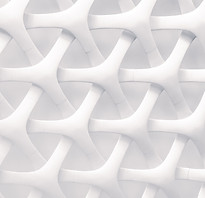The science behind touch screens
- Amaira seth
- Feb 5, 2021
- 2 min read
Updated: Aug 4, 2022
CAPACITIVE TOUCH SCREEN
How do touch screens detect where we touch the screen in order to give an appropriate response?

OBJECTIVES
How does a capacitive touch screen work?
Why does the screen respond when I use a stylus, but not a normal pencil?
What causes unresponsiveness in the screen even when I use my finger sometimes?
Why does the screen get confused when it is wet?
MATERIALS NEEDED
x1 Touch screen device (should be a capacitive touch screen)
x1 Stylus (optional)
x1 Pencil
How does a capacitive touch screen work?

These touch screens use changes in an electrostatic field on the screen
These changes are caused by the contact made by a human finger as the human body has conductive properties
The screen detects where the discrepancy in the field is, and responds appropriately.
Why does the screen respond when I use a stylus, but not a normal pencil?

This is why you may be able to interact with the screen using your finger or stylus, but while wearing gloves or substituting a stylus with a pencil. The glove acts as an insulator and blocks any changes in the electrostatic field that would have occurred had you not been wearing a glove. On the other hand, a pencil does not have conductive properties altogether.
This is why a stylus is more expensive than you would expect an ordinary pen without ink to be. It has conductive material that is compatible with a capacitive screen. To test this, you can try using a stylus on a device. Now, try doing the same with a normal pencil (to make sure you don't scratch your screen use the back of the pencil or do it gently!).
Why does the screen get confused when it is wet?
Water is a conductor of electricity, therefore, when a large surface area of the device is wet even a single tap can result in things like opening the wrong application.
The video below shows that even if you make contact with the tip of a droplet, the electric charge will get conducted and have result.








Comments